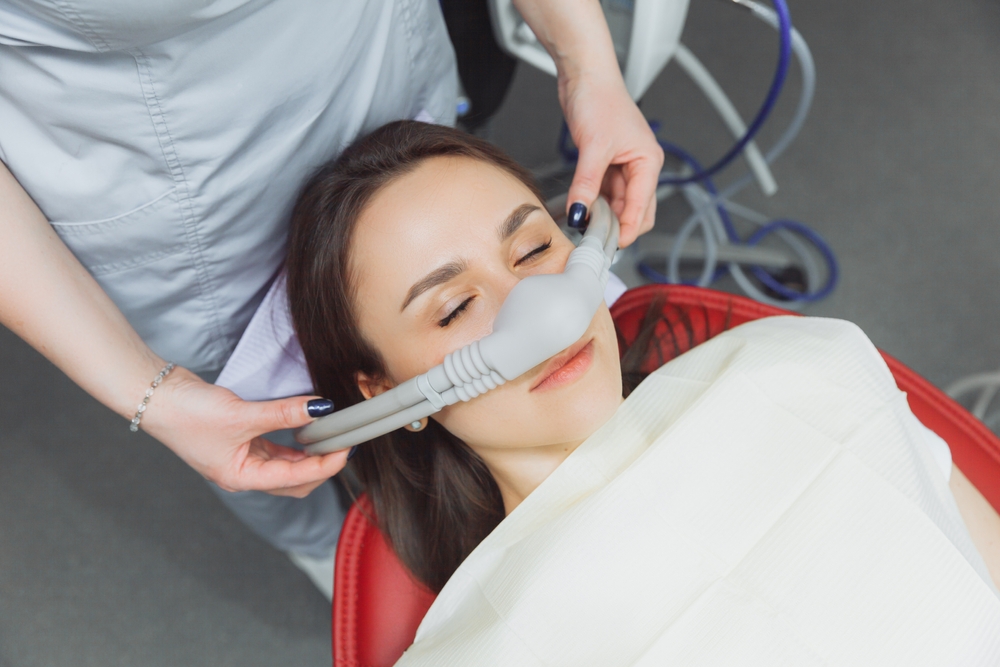
All About Dental Sedation by Sacramento Holistic Dentist
Dental sedation is a technique used to make dental procedures more comfortable for patients, especially those with dental anxiety or who are undergoing lengthy treatments. It involves the use of sedative medications to reduce anxiety and pain, allowing dentists to work more efficiently and patients to receive the necessary care without discomfort. There are several types of sedation dentistry, including nitrous oxide, oral conscious sedation, and intravenous (IV) sedation, each suited to different patient needs and preferences.
- Nitrous Oxide: Commonly known as “laughing gas,” it is inhaled by the patient to relax them. It wears off quickly, allowing patients to return to their regular activities soon after the procedure.
- Oral Conscious Sedation: Patients take sedative medications orally, usually about an hour before the procedure. This form of sedation can make patients groggy or even sleepy, but they remain awake enough to communicate with the dentist if necessary. Common medications include triazolam, zaleplon, and lorazepam.
- Intravenous (IV) Sedation: This is the deepest form of sedation, where medications are administered directly into the bloodstream. It is best for patients with severe dental anxiety or undergoing extensive procedures. Patients typically fall asleep and have little to no memory of the treatment.
Sedation dentistry is beneficial for a wide range of patients, including those with dental anxiety, fear of dental procedures, sensitive teeth, or complex medical conditions. It helps reduce the number of appointments needed for treatment and encourages patients to seek the dental care they need.
However, there are potential risks and complications associated with sedation dentistry, such as lingering drowsiness, difficulty predicting the effects of oral sedation medications, dry mouth, nausea, vomiting, headaches, and bruising from IVs. Rarely, allergic reactions may occur.
Before undergoing sedation dentistry, it’s important to avoid eating or drinking for six hours before the procedure to minimize the risk of food regurgitation and airway obstruction. The dentist will choose the most appropriate form of sedation based on the patient’s needs, medical history, and the nature of the dental procedure.
In conclusion, sedation dentistry is a safe and effective option for patients who find dental procedures uncomfortable or anxiety-inducing. It allows dentists to provide care more efficiently and patients to receive the necessary treatment without discomfort.
